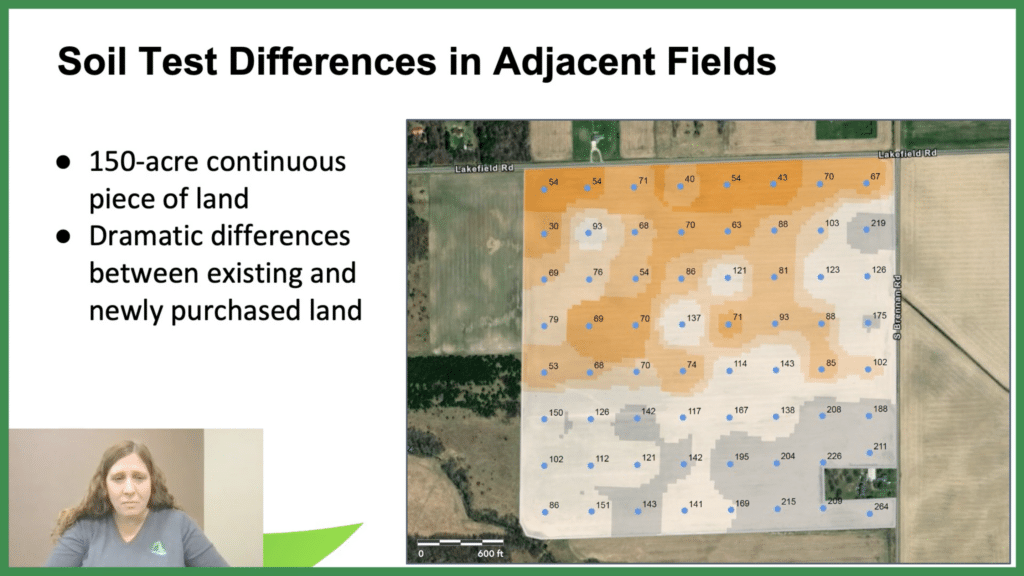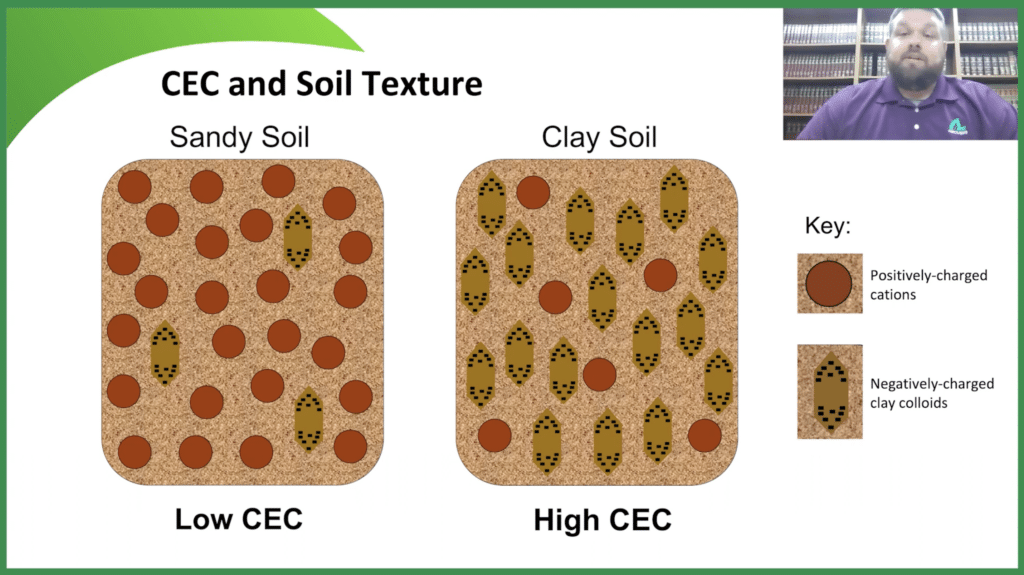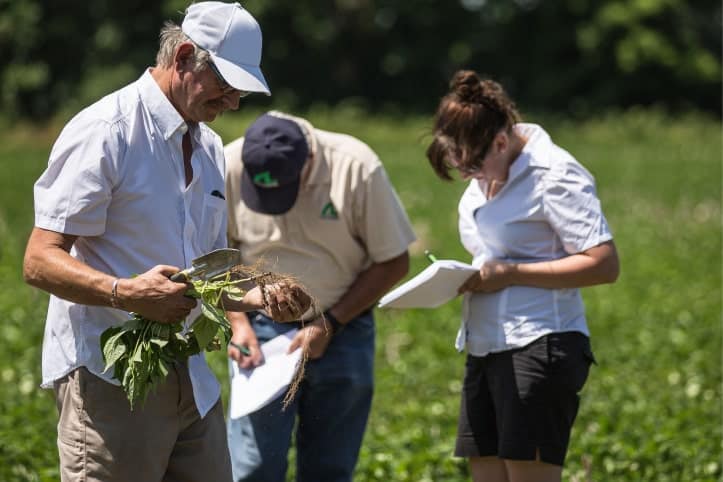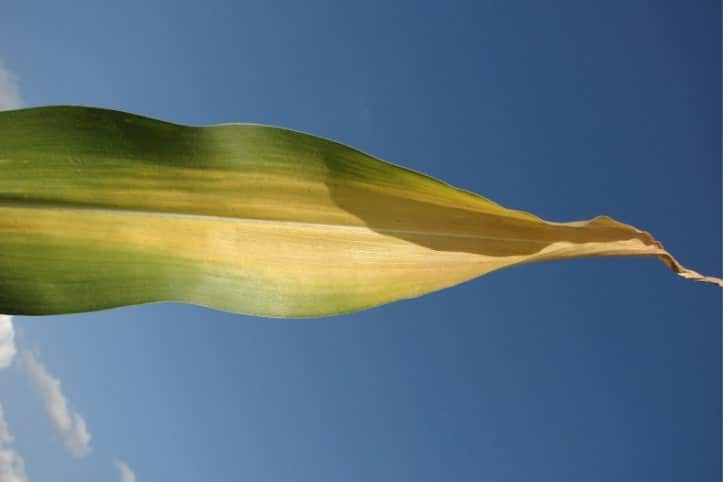Turning Setbacks Into Comebacks
2024
Growers have the opportunity to try new things every day. Some work, some don’t. And when things don’t go as planned, you have to find ways to turn setbacks into comebacks.

Data That Works for You
2024
There is so much to learn from the success of fellow growers. But no plan is one-size fits all. This panel discussion features agronomy experts sharing tips on how to view your own operation through the lens of its soil data and adapt your crop nutrition plan to your fields’ precise needs.

The Other Primary Nutrients: S and Ca
2024
N-P-K have been our go-to primary nutrients for years. As we continue to push yields higher, N-P-K will only get us so far. That’s why we’re drawing more attention to other nutrients like sulfur and calcium. Learn from agronomy experts on how to integrate these “other primary nutrients” more precisely as a part of your crop nutrition management plan.

Nutrient Know-How
2023
Three agronomy experts join us to share soil testing tips along with ways to leverage the results for enhanced nutrient availability. You’ll walk away with a better understanding of all a soil test can do for you and your crop nutrition plan.

The Agronomy Economy
2023
Good agronomy can help bridge the gap between high prices and quality yields, but unexpected events, high input costs and product scarcity can all derail your harvest outcomes. In our Thursday panel discussion, AgroLiquid experts Galynn Beer and Brian Waugh walk you through their planning process.







